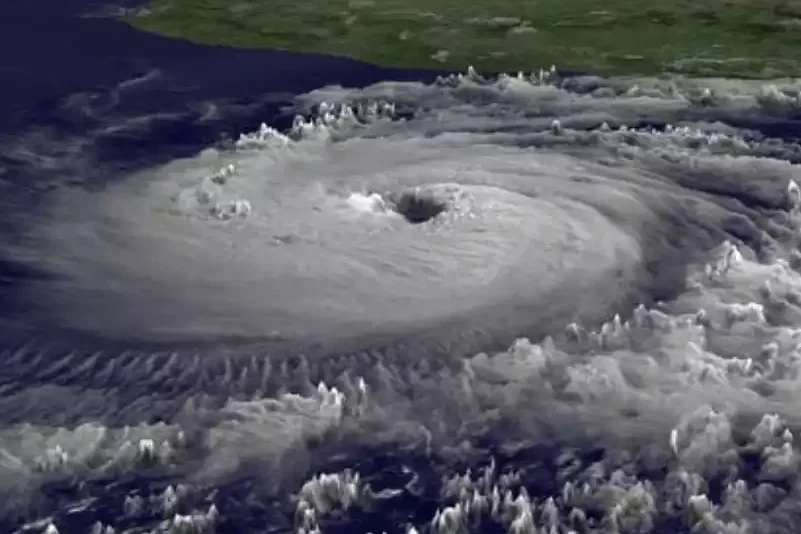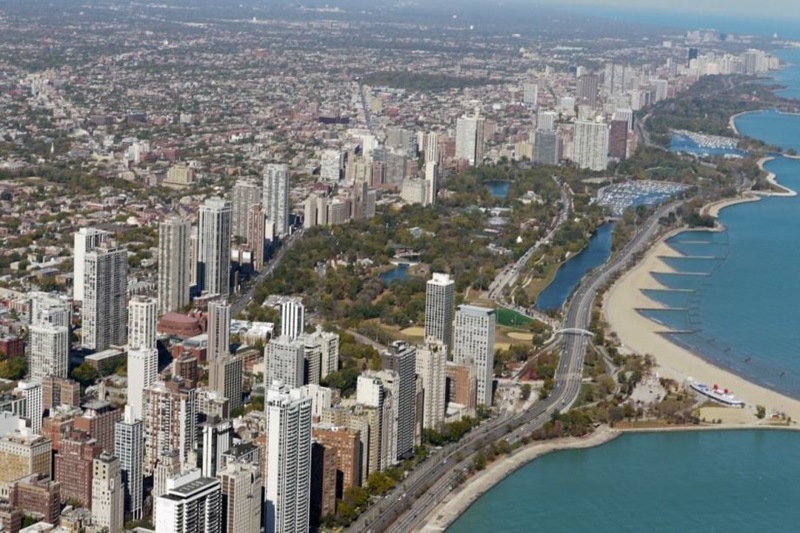El Niño Phenomenon in Latin America is advancing

“The El Niño Phenomenon in Latin America is advancing, and some countries in the hemisphere are preparing.
The cycle known as ‘El Niño’ and its opposite phase ‘La Niña’ are the major drivers of climatic variability in the tropical strip of the Pacific Ocean on an interannual scale.
In this regard, they are the oceanic components of ENSO (El Niño-Southern Oscillation), which correspond to the occasional appearance of relatively warmer surface waters (El Niño) or colder waters (La Niña) than usual in the central and eastern tropical Pacific, off the northern coasts of Peru, Ecuador, and southern Colombia.
The ‘El Niño Phenomenon‘ is a climatic event that occurs every few years due to the warming of the Pacific Ocean.
Its effects are notable in the northern Pacific region, the departments of the Andean region, and the departments of the Caribbean region.
While the effects of La Niña are characterized by a considerable increase in precipitation and a decrease in temperatures in the Andean, Caribbean, and Pacific regions.
The impact of the El Niño Phenomenon in Latin America varies by region. In recent weeks, there has been drought in some regions of Costa Rica and an increase in temperatures for the coming months.
The ‘yellow alert’ in Costa Rica entails greater interinstitutional coordination in the supply of water, energy, fire prevention, agriculture, and livestock, as reported by the Costa Rican government.
El Niño Phenomenon in Latin America
From June to November, Costa Rica experiences the rainy season, but this time there is a water deficit of about 50 percent on the Caribbean coast.
This meteorological phenomenon is already affecting agriculture, especially pineapple and banana cultivation, as well as livestock and the entire tourism sector, given that Costa Rica relies heavily on the latter.
However, the El Niño Phenomenon in the Amazon is causing a historic drought. Most of the rivers in the jungle that are tributaries of the Amazon are currently experiencing this drought.
“Climate change is disrupting all sectors. Indeed, we are starting to see risks to water and food. It will also affect infrastructure and lead to more migrations solely associated with climate change. So, we are going to witness a climate and food crisis of significant proportions,” says Mexican climatologist Ruth Cerezo.
Some Latin American governments have begun to take measures like those in Costa Rica, but they are also considering water supply cuts.
The El Niño Phenomenon in Latin America tends to create side effects on food production, leading to shortages and other issues.”
Also read: The world’s most densely populated island: Santa Cruz del Islote.






